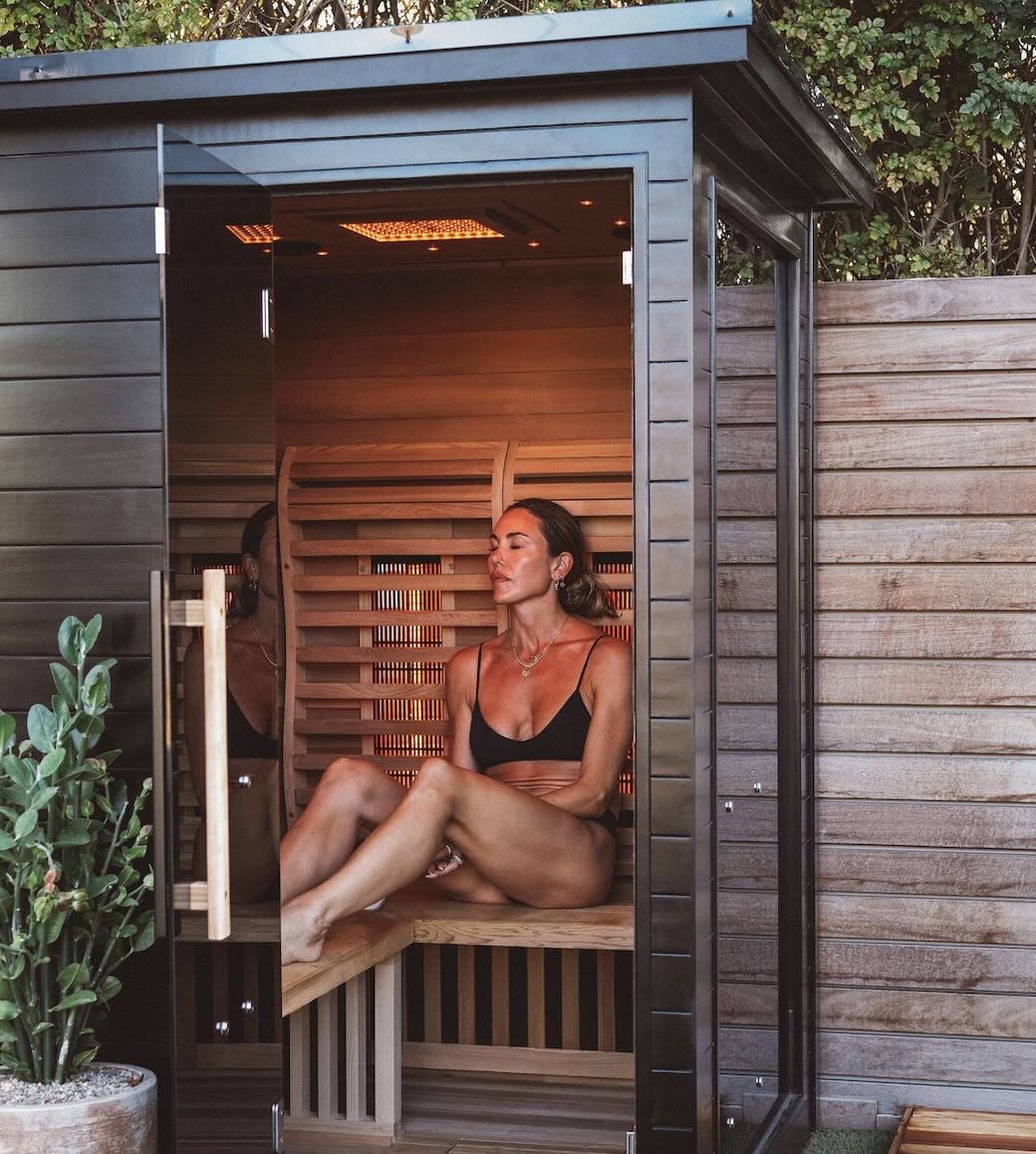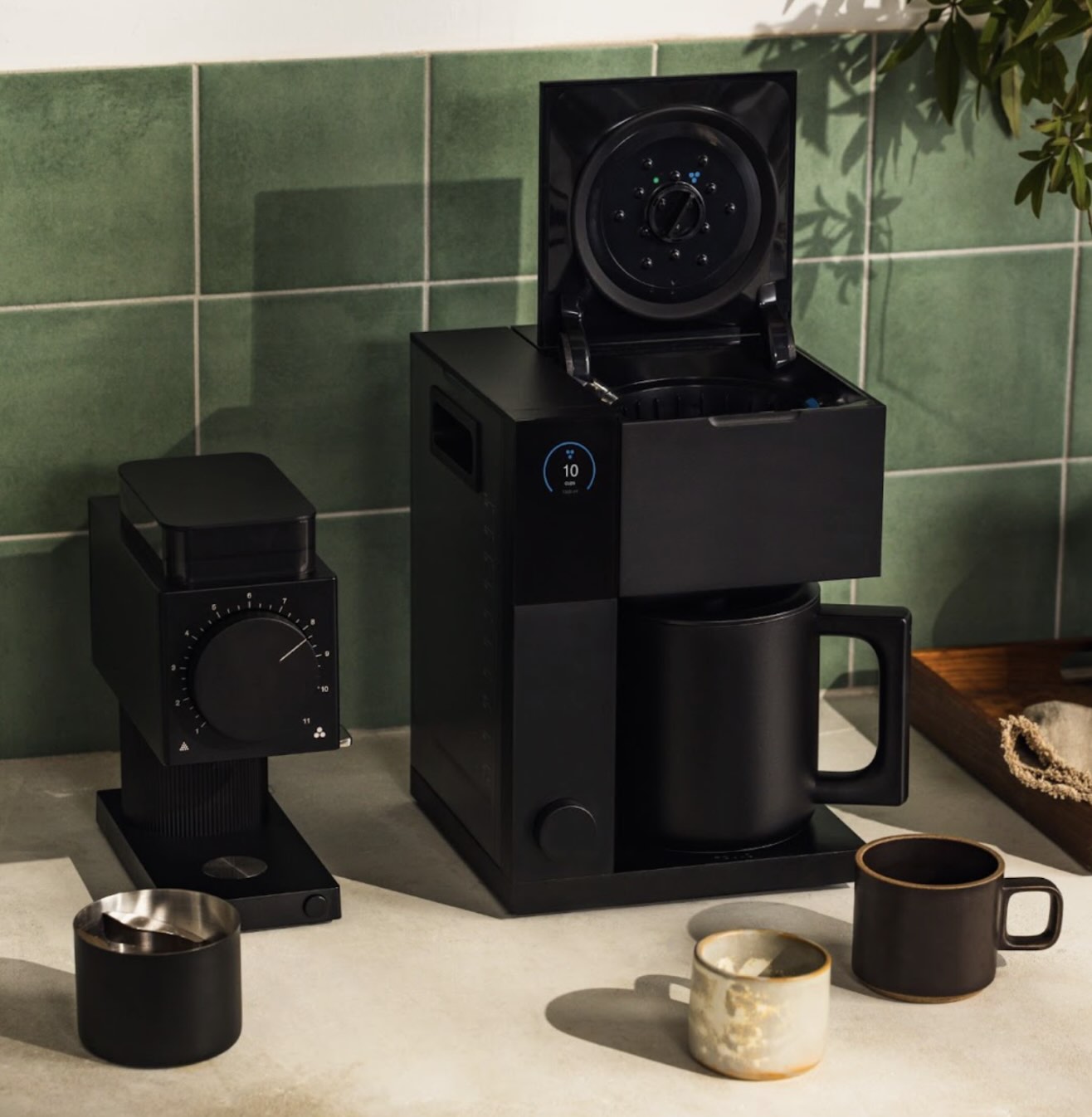Our team is dedicated to finding and telling you more about the web’s best products. If you purchase through our links, we may receive a commission. Our editorial team is independent and only endorses products we believe in.
We like
We don't like
Featured Product
The matzah ball soup my family eats every year during Passover is holy — but not in a religious way. It’s the connective thread of family, tradition, flavor, and time. Since I was tall enough to reach my spoon into the boiling hot, gigantic, cracked white pot of soup (that typically serves about 20 people) at Passover, I took on the self-appointed title of ‘taste-tester.’ I’m good for two to three bowls each year, easily. To me, it’s heaven in a bowl. I thought my Bubby (Yiddish term for Grandma) — who lived through the Depression, was five foot nothing, and was as warm as she was clever — was the inventor of matzah ball soup. She wasn’t, obviously, but she told me when I was 10, essentially, that the soup would taste even better if I knew how it was made.
Alongside her and my mom, I learned what it takes to coax out the flavor of the soup. Learned about the ingredients. And learned how a recipe is more like a guideline, than a hard and fast rule. 20+ years and countless soups later, matzah ball soup is still one of my favorite things to make and eat, but it’s also something I can’t help but associate with one thing: Chopping. Chopping onions. Chopping celery. Chopping carrots. Chopping parsnips, rutebegas, and just about every root vegetable on earth. Oh, and don’t forget the 10+ pound kosher chicken, which in recent years I’ve started breaking down by hand and knife.
Bubby didn’t mention that making the soup was a royal pain. But aren’t the greatest, and most delicious, things in life (often) filled with struggle along the way?
This year, I wanted to at least make the process a little less painful, and that started with investing in a knife that could handle the hours of chopping. Premium kitchenware is like local, fresh ingredients — it’s just better. It also tends to cost a bit more.
My kitchenware has been a steady work in progress; I’ve invested in the tried and true classics, like Le Creuset, as well as more modern challengers, like Material Kitchen and Caraway. For this knife endeavor, I was inspired by the story of Fields Outfitting, an Argentine brand creating hand-made, small-batch knives, as well as an array of other meticulously designed products, from cutting boards to tapestries and apparel.
The attention to detail across the spectrum of their products is outstanding. And the knife I chose, the Furia Chef’s Knife, might as well be art, and a power tool, wrapped in one.
The Chefs Knife — Art Meets Science

I chose to invest in Fields Outfitting chef's knife, a versatile 9” gyoto Furia knife ($199), and my obsession is real. Fields Outfitting partnered with Buenos Aires knife-making collective known as Ramo Filos to create a diverse range of knives that are inspired just as much by the Argentine Asado Culture as they are by traditional Japanese blades. The blades are made from Swedish-made Sandvik Stainless Steel, which is commonly used in highgrade cutlery.
The balanced weight of the knife is flawless — the lighter, rounded, smooth wood handle paired with the slightly heavier blade. Buenos Aires, where the knives are made, is known as “La Cuidad de la Furia” (The city of fury), giving Furia its name.
Customized with Local Flavor
As part of the ordering process, customers can customize their handle with one of three different local South American woods. All three are gorgeous, and I chose the guayubira wood handle, which is native to the triple-border region in Argentina, Paraguay, and Brazil. It is known for its distinguished chocolate color with heavy streaks of yellowish-white. They also offer Purple Heart, a hardwood native to Central and South America renowned for its durability and striking natural color, and Olive wood, known for its unique, irregular grain patterns, and its rich coloring.
My chef’s knife is the largest of the collection Fields Outfitting has developed for cooks across the spectrum. The full collection includes seven models ranging from the giant “Chiquito” to the 9” gyoto Furia ($199), the Nakiri-inspired Noa, to the utility knife, Enojito ($149).
We like
We don't like
We like
We don't like
We like
We don't like
Also, with this knife, it’s all about the details. I mentioned the knife’s delicate balance, which makes it feel approachable and useful across kitchen tasks, but don’t sleep on the design. The finish on the blade, accompanied by the subtle Fields Outfitting leaf logo, gives it a raw, edgy, inspired aesthetic. It feels like it was made yesterday, custom crafted by a local artisan, and now it’s in your hands, waiting to aid any and every meal your appetite desires.

A Versatile Power Tool in the Kitchen
Not only did my new chef's knife prove to be the MVP for the latest batch of matzah ball soup, but it’s been a game changer for meals across the spectrum.
I work from home, which means I’m typically cooking three meals a day, and the Furia knife has become my partner in crime because it’s proven versatile. It has quickly become my go-to tool for more than 90 percent of daily kitchen tasks, including most slicing and dicing of fruits, vegetables, meats, and fish.
One under-appreciated aspect of this knife is also how easy it is to clean. Some of the more premium knives I’ve invested in in the past too often absorbed the stickiness of ingredients (from garlic to certain vegetables) or were difficult to remove the slick from certain meats. I’m grateful to share that as long as this knife is cleaned within about an hour of use, it’s super seamless and back to being the striking star of the kitchen.
Fields Outfitting — A Portal to Argentine Culture
Put this brand on your radar because they’re pumping out more than hand-crafted knives. From hand-carved-and-painted wooden masks to hoodies created from discarded parachutes, to hand-embroidered saddle leather polo belts, Fields Outfitting is an ultra creative Buenos Aires, Argentina-based fashion brand. Founded in 2016 by Ryan Volatile and Nicolás Pedalino, who became fast friends after meeting on the lacrosse field at the University of Buenos Aires, Fields Outfitting are creating and curating local Argentine brands that showcase the value of local, responsible small batch production.
Making matzah ball soup remains a treasured tradition, although these days, it's just me and my Mom. With Bubby passing a couple years ago, I still feel her presence each year in the kitchen; I lean over the soup, soak up the warming aroma of parsley and dill, and am transported to being a kid again, with Bubby giving me a wry smile out of the corner of my eye as I dip my spoon into the simmering, golden broth.







.jpg)














